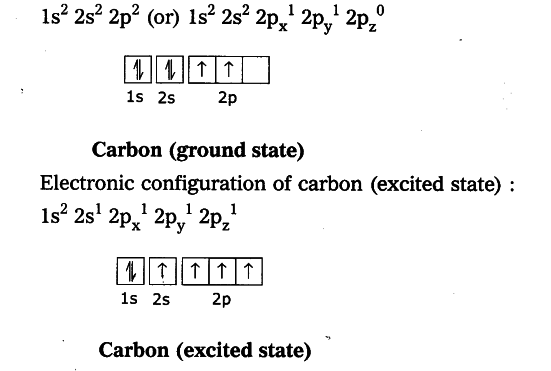

Herein, the many-body Green’s function theory is used to analyze the electronic and optical properties of CN-dots and the effects of size, shape, and functional group on properties were systematically investigated. However, the electronic structure of g-C 3N 4 nanodots, which determines their properties intrinsically, has not been explored comprehensively. It also describes how these concepts apply to the work that the Department of Energy’s Office of Science conducts as it helps the United States excel in research across the scientific spectrum.The graphitic carbon nitride (g-C 3N 4) nanodots (CN-dots) exhibit properties different from those of g-C 3N 4 crystal. DOE Explains offers straightforward explanations of key words and concepts in fundamental science. The recently launched Facility for Rare Isotope Beams has completed its groundbreaking first experimental results.National Isotope Development Center ( Isotope Basics).DOE Isotope Development & Production for Research and Applications.The Journey of Actinium-225: How Scientists Discovered a New Way to Produce a Rare Medical Radioisotope.NSAC: Compelling Research Opportunities Using Isotopes.NSAC Report: Meeting Isotope Needs and Capturing Opportunities for the Future.Hydrogen is the only element whose isotopes have unique names: deuterium for hydrogen with one neutron and tritium for hydrogen with two neutrons.Some elements can only exist in an unstable form (for example, uranium).All artificial (lab-made) isotopes are unstable and therefore radioactive scientists call them radioisotopes.There are two main types of isotopes: stable and unstable (radioactive).Finally, it conducts research and development on new and improved isotope production and processing techniques. The program also maintains the infrastructure required to produce and supply priority isotope products and related services.

The program produces and distributes radioactive and stable isotopes that are in short supply, including byproducts, surplus materials, and related isotope services. The DOE Isotope Program addresses this need.

However, isotopes are not always available in sufficient quantities or at reasonable prices. Isotopes are needed for research, commerce, medical diagnostics and treatment, and national security. They are important in nuclear medicine, oil and gas exploration, basic research, and national security. Isotopes have unique properties, and these properties make them useful in diagnostics and treatment applications. This decay means the amount of carbon-14 in an object serves as a clock, showing the object’s age in a process called “carbon dating.” Carbon-14 is unstable and undergoes radioactive decay with a half-life of about 5,730 years (meaning that half of the material will be gone after 5,730 years). Carbon-12 is stable, meaning it never undergoes radioactive decay. The addition of even one neutron can dramatically change an isotope’s properties. Every element has its own number of isotopes. Carbon occurs naturally in three isotopes: carbon 12, which has 6 neutrons (plus 6 protons equals 12), carbon 13, which has 7 neutrons, and carbon 14, which has 8 neutrons.

For example, carbon has six protons and is atomic number 6. The number of protons in a nucleus determines the element’s atomic number on the Periodic Table. Isotopes are members of a family of an element that all have the same number of protons but different numbers of neutrons. Elements have families as well, known as isotopes. A family of people often consists of related but not identical individuals.


 0 kommentar(er)
0 kommentar(er)
